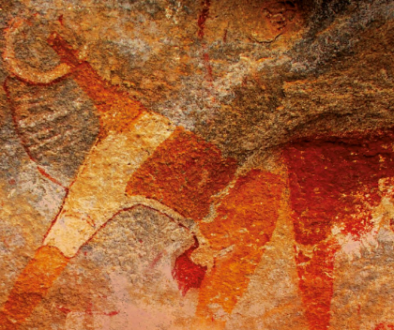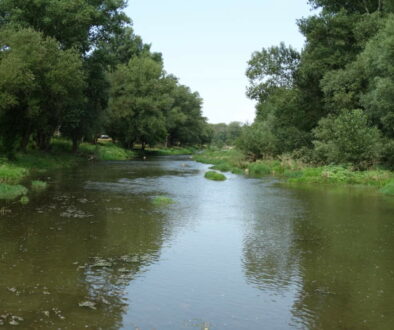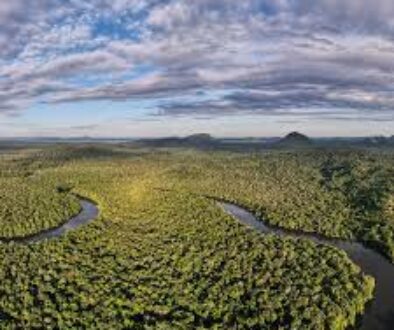Meteora World Heritage Site. Thessaly, Greece
Lyratzaki, Irini2007
The article examines the Meteora area (in Greek = ‘rocks or mountains suspended in the air or in the heavens above’) in the plain of Thessaly in the region of Kalambaka (Greece) and its imposing rock pinnacles, on which several Christian Orthodox monasteries are located. The first part explains why the site was declared a World Heritage Site by UNESCO in 1988. In all, 24 monasteries, built on top of the stone pillars, were inhabited from the second half of the fourteenth century through to the sixteenth century, of which six are still active today. Next, this article discusses the natural, cultural and spiritual values of Meteora, along with the pressures and impacts on its heritage and landscape, the prospects for the conservation of its natural heritage and the protection of its cultural and spiritual heritage. Finally, a set of recommendations to all stakeholders is proposed, whereby the monastic community, conservationists and authorities in the area should adopt a system of joint management to safeguard the exceptional heritage of this site.
Reference
Lyratzaki, Irini. “Meteora World Heritage Site. Thessaly, Greece”. In: Mallarach, Josep-Maria; Papayannis, Thymio (eds.). Protected Areas and Spirituality. Proceedings of the First Workshop of The Delos Initiative – Montserrat 2006. Gland, Switzerland: The World Conservation Union (IUCN); Barcelona, Spain: Publicacions de l’Abadia de Montserrat, 2007. 251-262 pp. ISBN: 978-2-8317-1023-5.




